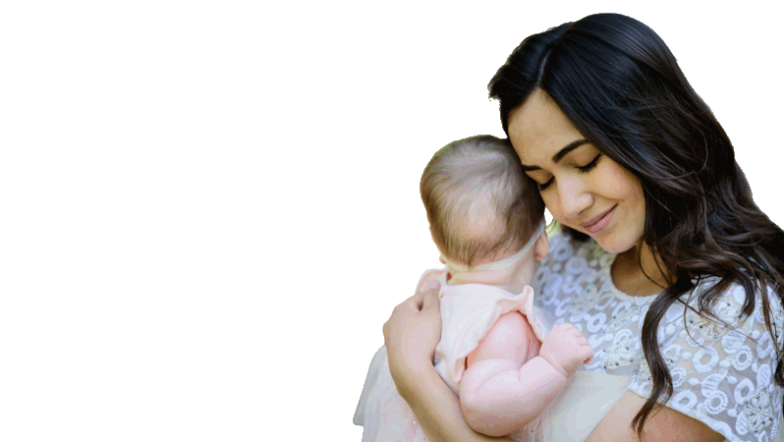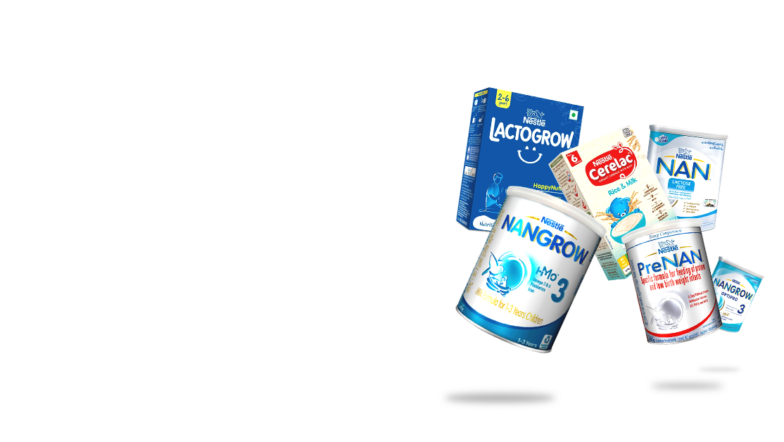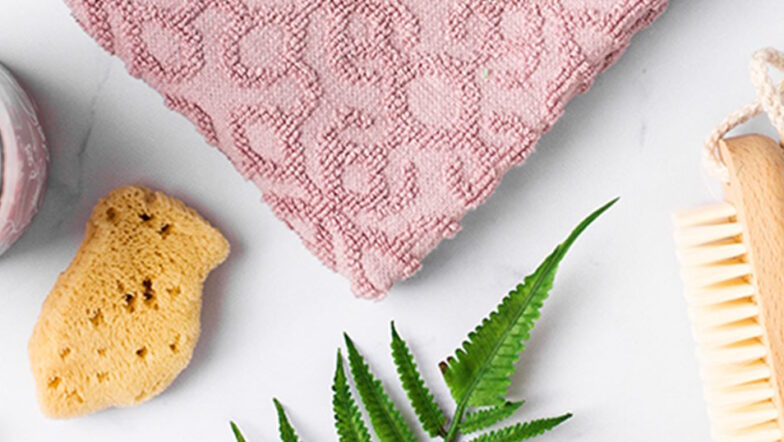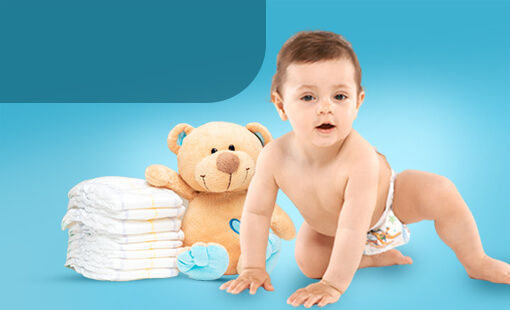Choosing the Right Baby Dress for Sri Lanka’s Warm Climate: A Parent’s Guide
Sri Lanka’s tropical climate means parents need to be extra mindful when selecting baby dresses for their little ones. The combination of high temperatures and humidity in Sri Lanka makes it essential to choose lightweight and comfortable baby clothes for your little one.
In this guide, we’ll help you navigate the best choices for baby dressing, ensuring your newborn stays comfortable in Sri Lanka’s warm weather.
1. Choosing the Best Material
Fabric plays a huge role in maintaining your baby’s comfort in the warm climate of Sri Lanka. Here are the best fabric choices for baby clothes in Sri Lanka:
Cotton:
Cotton is the most popular fabric for baby dress options. They are soft, breathable and absorb sweat well. Organic cotton is an ideal option for both daytime and nighttime wear. These fabrics are used for everyday baby wear like onesies, sleepsuits, and baby vests.
Muslin:
Muslin offers several benefits for baby clothes. They are ultra-lightweight and dry pretty quickly. These fabric options allow parents to do quick laundry. Muslin is mostly used for baby swaddle wraps, loose-fitting tops, and nightwear.
Linen:
These fabrics keep babies cool and allow airflow throughout the day. Its sleep texture is best for making lightweight dresses, pants, and summer outfits for outings.
Bamboo Fabric:
These fabrics are a preferred choice among eco-conscious parents. They are hypoallergenic and possess excellent temperature-regulating properties. Bamboo fabrics are mostly used in baby sleepers, blankets, and undergarments.
2. Baby Dress Designs Ideal for Sri Lanka’s Warm Weather
Not all baby dress options will suit the warm and humid climate of Sri Lanka. Explore baby dress designs that complement the fabric of your choice and avoid any discomfort for the baby.
1. Sleeveless & Short-Sleeved Wear
Baby’s armpits are more likely to trap sweat and irritate the baby’s skin. Sleeveless or short-sleeved baby dresses allow better air regulation to your baby’s armpits and body. These keep babies cool and comfortable throughout the day. We recommend the Velona Newborn baby shirt, a unisex lightweight baby shirt that is available in a variety of colors.
2. Organic Cotton Baby Sleepsuits
The lightweight design of sleep suits, paired with the natural breathability of cotton, offers the ideal combination of comfort and safety for your baby’s sleep. Organic cotton allows optimal airflow for the baby’s skin and prevents overheating during sleep. They are a good investment for parents as they are suitable for both daytime and nighttime.
Opt for organic baby sleepsuits in Sri Lanka that are extra gentle on newborn baby skin, like the Newborn Sleeveless Bodysuit. These are made from 100% cotton and are machine washable, making them a convenient choice for Sri Lankan parents.
3. Lightweight Newborn Baby Vests
Often used for layering during colder seasons, newborn baby vests can also be used as a lightweight baby dress for casual outings to the beach or play sessions. Their stretchable fabric allows for less tiring play sessions for your child while making dressing the baby hassle-free.
If you want the perfect newborn baby dress for your active child, we recommend the Velona Baby Vest with Pastel Border, suitable for children 3-6 months. This includes a matching pair of baby vests and pants. This pair is featured with a white color with a pastel border, making it absorb less heat while playing in Sri Lanka’s hot climate.
4. Baby Pants with Elastic Waistbands
Wearing baby pants with tight waistbands causes skin irritation during hot days. Especially if your baby is wearing diapers, this kind of pants restricts air flow inside. To prevent this, opt for baby pants with elastic waistbands.
These pants allow flexible movement to your baby and encourage better airflow inside. It eliminates any discomfort from tight waistbands that adds up to the hotness of the surroundings. The elastic waistband also allows hassle-free removal and diaper changes.
Shop for lightweight and stretchy baby pants online with Kidzcare. We offer high-quality and breathable baby pants that are ideal for warm days. Our recommendation is the Skinny and Short small.
5. Breathable Baby Shoes
Wearing tight shoes during warm days causes sweat and bacteria to build up inside the shoes, creating a foul smell. Wearing socks to deal with the foul smell may cause further distress for the baby due to the heat. Instead, choose breathable baby shoes in Sri Lanka.
These shoes are made from soft materials like cotton and allow a soft grip for the baby’s feet. The soft soles make sure the baby’s feet aren’t irritated by constant contact and rubbing.
3. Baby Dressing Don’ts for the Sri Lankan Warm Climate
- Don’t Dress Your Baby in Dark Colors
Dark colors absorb heat faster. Stick to light pastel shades like white, light blue, or pale yellow to keep them cool.
- Don’t Use Synthetic Fabrics
Avoid dressing your baby with polyester, nylon, or lace fabrics, even for fancy outfits. Always choose soft, loose-weave cotton or bamboo fabrics instead.
- Don’t Ignore the Back of the Neck & Underarms
Checking your baby’s forehead for warmth isn’t enough. Check for sweat and heat on the back of the neck, under the arms, and behind the knees as well. If these areas are sweaty, adjust clothing accordingly.
- Don’t Leave Shoes on for Too Long
Babies don’t need shoes unless they’re walking outside. Let their feet breathe freely by opting for breathable shoes and sandals.
Shop with KidzCare for the Best Baby Clothes in Sri Lanka
Finding the right baby clothes for Sri Lanka’s warm climate is easier with KidzCare. Dressing your baby appropriately for Sri Lanka’s warm climate is essential for their comfort, health, and happiness. By choosing breathable fabrics, loose-fitting styles, and practical designs, you can ensure your little one stays cool and cozy all year round.
Shop from KidzCare’s baby clothes collection and find the perfect baby dress for your little one today!



